Paul Metcalfe: Constructing Rhythmic Conversations
By Susan Frances
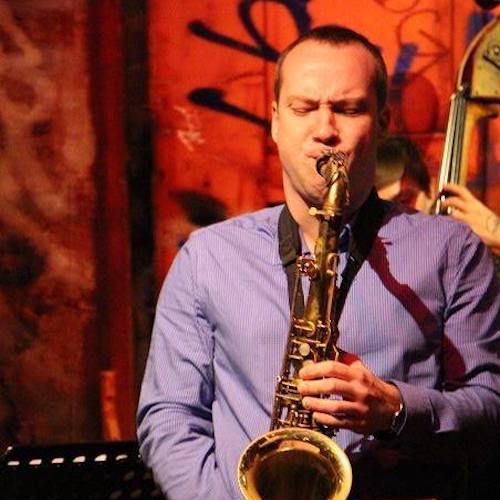 New Orleans isn’t the only town cultivating hot jazz bands these days. Canada’s Toronto has become a hotbed of musicians turning their city into a refined hybrid of the famed Mardi Gras-cajun-Storyville environment. Toronto-based jazz quintet The Heavyweights Brass Band is one such case of Canadian musicians constructing rhythmic conversations that excite its members and their audiences.
New Orleans isn’t the only town cultivating hot jazz bands these days. Canada’s Toronto has become a hotbed of musicians turning their city into a refined hybrid of the famed Mardi Gras-cajun-Storyville environment. Toronto-based jazz quintet The Heavyweights Brass Band is one such case of Canadian musicians constructing rhythmic conversations that excite its members and their audiences.
The band’s saxophonist Paul Metcalfe ponders what attracted him to jazz music while readers examine how The Heavyweights Brass Band has fashioned themselves as a new wave of participants shaping the governing jazz currents. Concluding that today’s modern jazz is provably broader than what most people conceive it to be.
“I came across jazz music much like any junior high student,” Metcalfe initiates, “I liked the ‘Pink Panther’ (theme song for the cartoon) at first. I was a bit different, though, as I didn’t stop just playing that song; I immediately found out about the composer, Henry Mancini. Got one of his albums and started listening to other songs by his group. I really liked the song ‘Sing Sing Sing’ on the album and went down the rabbit hole with that song, which sent me to Gene Krupa and big band music.”
Metcalfe did not go down the rabbit hole alone. He brought a saxophone with him along the journey, remembering fondly, “I started saxophone through my junior high school’s band program. I got tenor saxophone for a very functional reason. I was in walking distance from the school, and the case was too big for the school bus. I grew up in Winnipeg, Manitoba, and I was very lucky to have gone through a fantastic band program with Jeff Kula. It was his inspiration that made us want to excel on our instruments.”
His desire to excel as a saxophonist led him towards developing his skills on the instrument. He recalls, “I started taking private lessons as I had these songs I wanted to play outside of the school band material. My teacher, Janice Finlay, gave me a list of saxophone players to check out. On the list was Sonny Rollins, so I just went to HMV and picked up the first album of his I saw. It was Live at the Village Vanguard 2, a trio recording with Wilbur Ware and Elvin Jones.”
He focuses on Rollins’s recording, “The first song, ‘What is This Thing Called Love,’ was 13 minutes long and started with an open drum solo. To be honest, it sounded random to me at the beginning. It’s a chordless trio, so very open sounding, and it was hard to really feel settled in it at first. I gave it some time, and after a number of times listening through it, it started to make sense. Sonny Rollins’ full, lush tone and rhythmic conversation with the rhythm section really drew me in. The first transcription I ever did was trying to learn the melody to ‘Softly as in a Morning Sunrise’ from that recording. That was before I really knew what transcribing was.”
“Before this,” he professes, “I had mostly been listening to pop music on the radio.”
Sonny Rollins’s music changed Metcalfe’s direction as a musician and songwriter as he looks back, “I think I started writing my own music in university. They were mostly jazz heads with a lot of space for improvisation. At first, I was trying to write songs like other artists. I liked Joe Henderson’s writing style on songs like ‘Inner Urge,’ where he’d take one concept and try to expand on it.”
Metcalfe recounts his steps from being a solo artist to joining The Heavyweights Brass Band. “Actually,” he prefaces, “I and a few of the other original members met at a jam session for another band, soon after I moved to Toronto.”
the other original members met at a jam session for another band, soon after I moved to Toronto.”
He continues, “We started playing as that group and called ourselves the Darkpark Brass Band. That group was led by Marla Dixon, a trumpet player, and singer, and we mostly played at Grossman’s Tavern, a bar in Toronto that plays a lot of trad jazz. Marla eventually moved to New Orleans. She now leads a great trad jazz group called the Shotgun Jazz Band down there.”
“After Marla left,” he extends, “a few of the members of that group decided to start our own band. Chris Butcher, who I’d known from back in Winnipeg, got us together at his place to try out some tunes. His roommate asked who was coming over, and he said, ‘Paul, Jon Challoner, Lowell Whitty, and Rob Teehan.’ and his roommate said, ‘oh, the heavyweights’ and that’s how we got our name.”
At that moment, the band’s name, The Heavyweights Brass Band, was conceived, putting the combo of musicians into motion. Since the time of their inception, band members have rotated. The present lineup comprises Metcalfe on saxophone, John Pittman on trumpet, Lowell Whitty on drums, Tom Richards on tuba and keyboards, and Arjuna Satchithananthan trombone.
Metcalfe shares, “As bandmates, we are very close, as we are quite good friends. Overall, I think that yields the most genuine music, but,” he offsets, “it does have its drawbacks.”
“Any time we play shows,” he punctuates, “it’s friends hanging out, and we have a great time. Because we’re close, though, any differences of opinion on matters related to the band can have more emotions involved than a band with more strictly business relationships. This gives our group an energy that you can feel, but it can be tense sometimes sharing our thoughts on different decisions for the band.”
“We do all care about the group a lot,” he maintains firmly, “and that comes through. It’s also great having a group that has played closely together for so long. Lowell Whitty, the drummer, and I have been on all the albums, tours, shows, etc., and it’s very cool that Lowell usually knows what I’m going to play before I play it. We have a great time with that.”
The Heavyweights’ natural flow to play off one another set them on a course to putting their material in a physical form. Hence, they began making recordings. Metcalfe indexes, “Brasstronomical was our second album. Our debut album was Don’t Bring Me Down. Before we made Don’t Bring Me Down, we were playing different small clubs around Toronto, mostly for tips and bar percentages. We wanted to start playing shows for bigger audiences like festivals and concerts. We realized that we wouldn’t be considered a legitimate band until we had an album, so we started working on Don’t Bring Me Down.”
Making that first recording introduced The Heavyweights to the complexity of the music business. He remarks about that pivotal decision, “The biggest challenge we faced during the recording process was the finances. We all put in around $2500 each, which was and still is a lot of money. Most of the band was recently out of school, so it was a big commitment. With that, we did get to record at a nice studio in the CBC building, which was great.”
“We also didn’t know that much at the time about recording a brass band,” he confesses, “so there were some challenges in how to approach the mixing process. We’ve learned through that experience and since then how to make a brass band sound a bit brighter and grittier, as opposed to before when we were thinking like a jazz quintet, with warmer, more individual sounds.”
Their third endeavor, The City, came out in 2018, four years after their debut outing. To make the recording, the quintet headed to New Orleans, Louisiana, where they toyed with jazz music that had a jovial slant. Metcalfe surmises how the album came together, “The concept was simply to get to New Orleans. I think we planned the trip down there before we even decided to do an album there. We just wanted to soak up the sounds and culture and try recording a few songs.”
“It was really nice recording in the studio down there because,” he reveals, “unlike our first recording experience with Don’t Bring Me Down, the recording engineer recorded brass band every day, and even had the setup for the brass band there from a group that had the same instrumentation the day before. The sounds were dialed in from the beginning.”
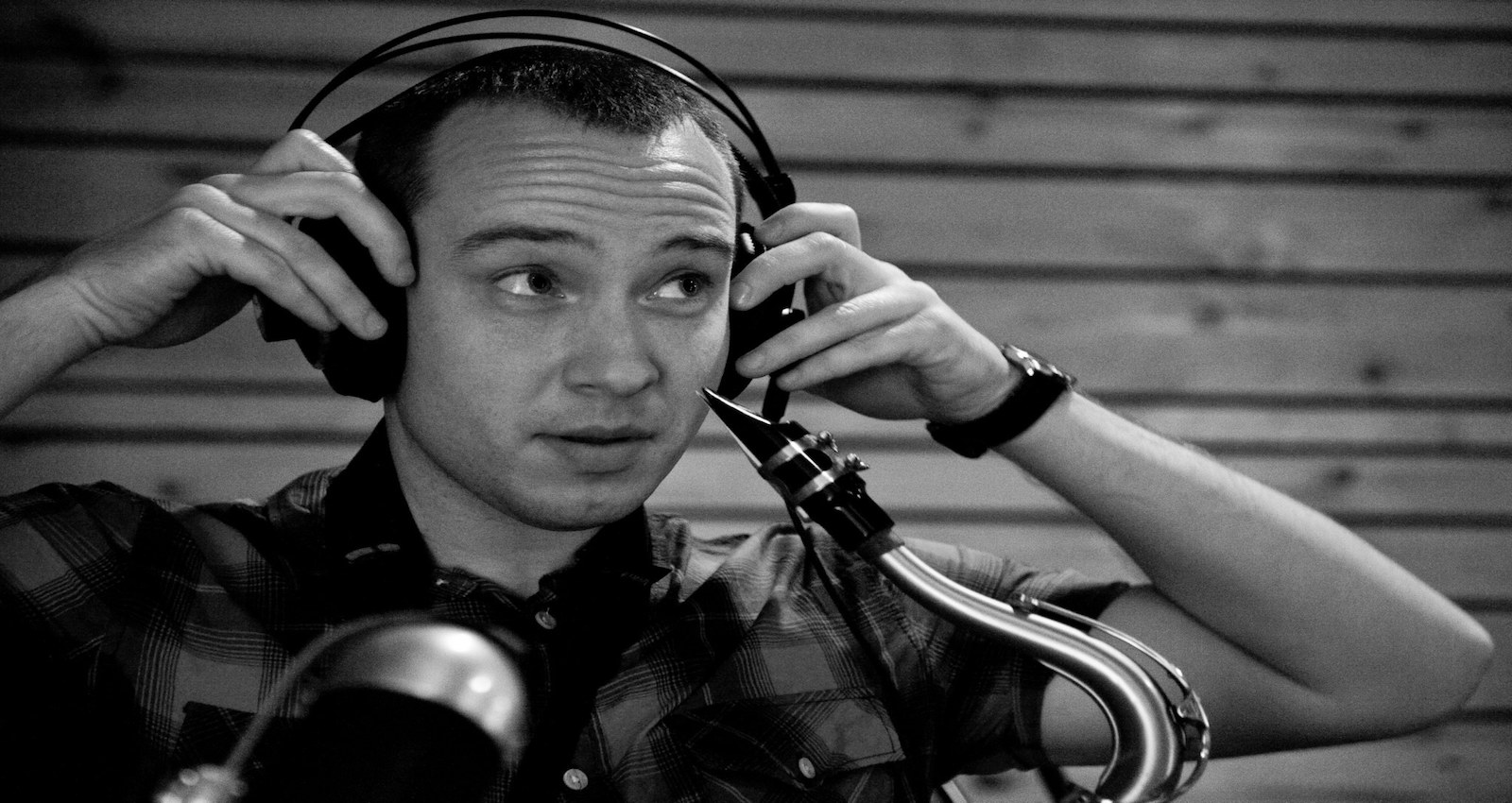 He underscores, “We did tend to bring songs to this recording that were more centered in the New Orleans second-line feel, and we took every opportunity to have New Orleans musicians play with us in these sessions.”
He underscores, “We did tend to bring songs to this recording that were more centered in the New Orleans second-line feel, and we took every opportunity to have New Orleans musicians play with us in these sessions.”
While recording The City in New Orleans, Metcalfe unveils some special guests featured on the recording. “We met Ashlin Parker, an amazing trumpet player down there,” he praises, “just a few days before the recording after we saw him play at the Spotted Cat. We asked him right there, and he came with us a few days later to record two songs on the album.”
He surges further, “We had Joe Lastie from the Preservation Hall Jazz Band on a track as well. We got Roger Lewis, bari sax of Dirty Dozen Brass Band, to come and rock out ‘Dance Out on the Corner,’ that I mentioned earlier. It was great to hear him play the bass line on bari, as I wrote it on bari originally. We even had Marla Dixon come and sing on that song as well, to tie everything back the band’s inception.”
Two years later, The Heavyweights were ready to lay down new material for their fourth effort, which they called Stir Crazy. He notes, “When we decided to record Stir Crazy, it had been 2 years since we released This City, so we got to the point where we had accumulated a good collection of originals and arrangements to put together in an album.”
“We had a new member in the group,” he spotlights, “RJ Satchithananthan, on trombone, and we wanted a recording to feature his playing as well.”
“The album’s name,” he explains, “came from the circumstances around the time we recorded and since then. We recorded the album March 12-14, 2020, so right when everything was starting to close down. We’d record a song, go back out to the control room, and everyone would turn on their phones. It was like a sad game of who lost what gig next.”
He observes, “By the end of the recording session, we’d essentially lost all the work we had for at least the next several months. After leaving the studio on March 14th, we didn’t see each other again in person for 6 months. It was and still is a crazy time for everyone, and we think this album has that feeling of pent-up energy just ready to be unleashed.”
The spontaneous exertion of energy hits listeners like a tidal wave in the album’s title track as they are spun around by the jamboree-jeweled atmosphere. The flaring toots of Metcalfe’s sax, Richards’s tuba, Pittman’s trumpet, and Satchithananthan’s trombone brandish waves of frilly curlicues and whorling plumes suspended by the palpitating beats of Whitty’s drums affixed with a cajun accent. The funky frug-inspired squiggles of the brass and woodwind instruments flexing along the undulating surf of “Sweet Pauly’s Boogaloo,” a Metcalfe original, illustrates a reverence for the California beach party sound where Dick Dale’s “Miserlou” of Pulp Fiction fame is sponged in the bluesy, cajun-tinged jazz vapors of New Orleans.
“Generally,” he provides, “I do write alone at first and then bring compositions to the group for feedback and adjustments. My writing, especially in the New Orleans brass band style, often starts with the bass line. The tuba is such a driving force in this style, so most songs I’ve written for the Heavyweights start with the bass, and the melody is built off of that. I find myself writing a lot of these songs on baritone saxophone to get that bass groove going. Then I move to the piano and eventually play melodies over it on other saxophones.”
He points out, “You can definitely hear this on compositions of mine like ‘Dance Out on the Corner’ on This City or ‘Skank You Very Much’ on Stir Crazy.”
The bustling activity helmed by the horns in Metcalfe’s score “Skank You Very Much” is big and bold, blazing brightly while the rhythmic pulse maintains a stocky throbbing. Another one of Metcalfe’s originals, “Manipogo,” is an erotic mix of flashing horns, slinking and smoldering while anchored by tinpan style percussive drumming. Metcalfe’s improvised toots add complimenting swivels along with the tapping cadence. The Heavyweights show a fire in their bellies that demonstrates their agility and unhampered creativity, along with their drive to build on each other’s ideas.
Metcalfe describes,” ‘Manipogo’s Revenge’ is an original by our tuba player Tom Richards, and he wrote it after being inspired by the song I wrote that appears earlier in the album, ‘Manipogo.'”
song I wrote that appears earlier in the album, ‘Manipogo.'”
“I wrote ‘Manipogo’ for a show we did with a number of local composers,” he enlightens, “where the theme was mythical beasts. I’m from Winnipeg, Manitoba, and I based the song on a Loch Ness-type serpent seen in Lake Manitoba called Manipogo. The concept of the song is Manipogo rising out of the water and then disappearing back under. Tom liked the dark imagery and wanted to give Manipogo another chance to return later in the album, hence ‘Manipogo’s Revenge.'”
The track “Georgia Pine” on Stir Crazy is a simmering blend of hot jazz with bluesy fumes and soaring big band swing-tilted toots. He highlights about the track, “This is another composition by Tom Richards. We all loved the feel of this one right away when Tom brought it in. We did a lot of work as a group on the form, making some different adjustments to the length of different sections and deciding how the solo section would work. After we recorded it, we still felt there was something missing, so Tom added the keyboard part later, and that really filled out the track. That is Tom on keys on this one.”
The full sound that The Heavyweights achieve in their recording makes one wonder if they can replicate that grandeur in live performances. On that subject, Metcalfe proclaims, “My approach to writing, and I think this is similar to the other members of the band, is always geared towards live performances. The Heavyweights songs are vehicles for live improvisation, and we’re always searching for new ways to add excitement for a live audience.”
“I love playing live with this band,” he touts, “because of that energy and audience-focused goal. Also, as I mentioned earlier, we’ve played together a great deal, so we developed ways to build that energy together in an organic way.”
In hindsight, he considers how he has grown as a musician. “As much as I still play very enthusiastically,” he comments, “I feel like I can harness that energy and direct it better than I could before. I have more control over my instrument while improvising and can build solos with more purpose and direction. I think I listen to what’s going on around me more than I did before as well.”
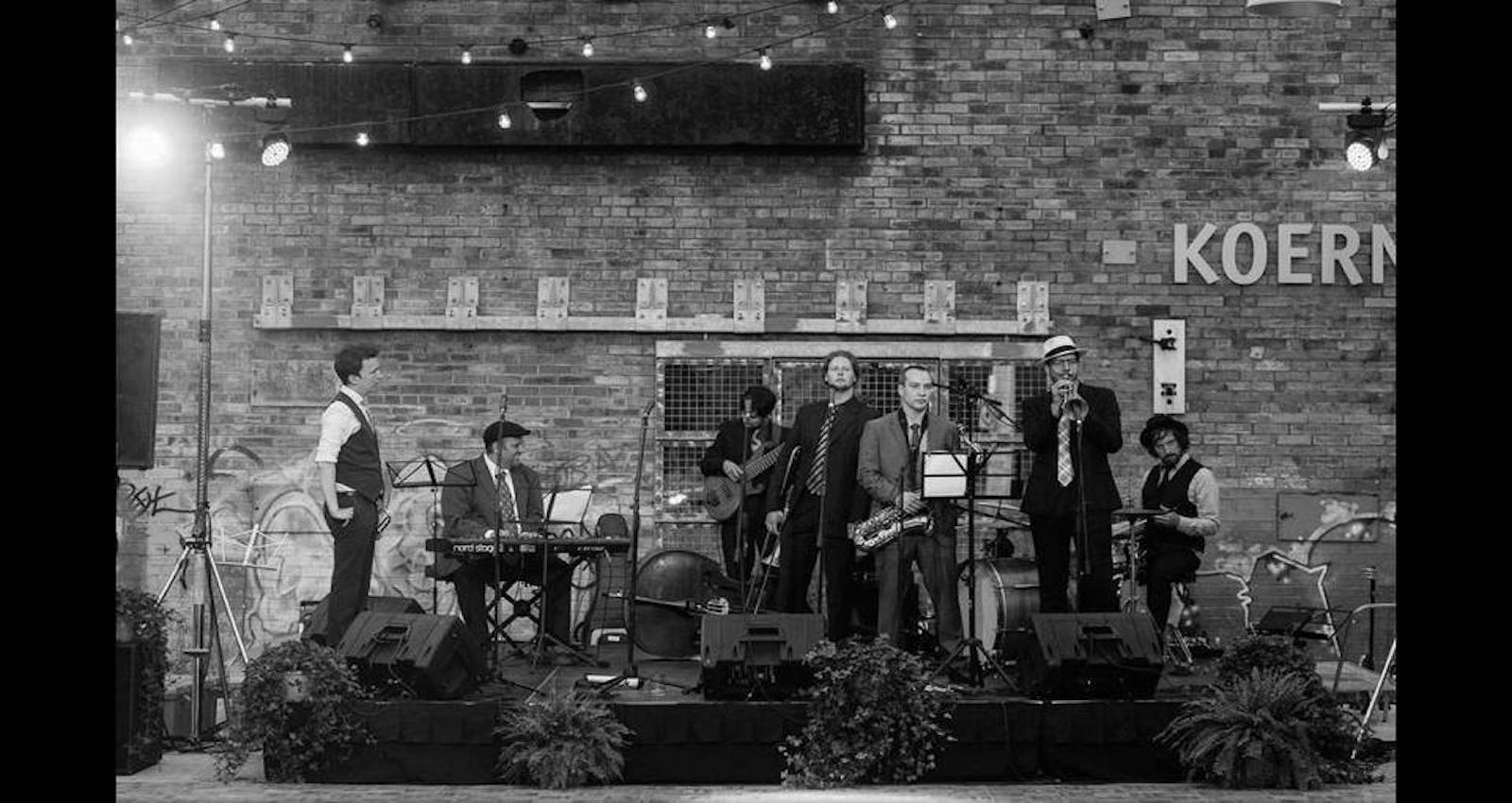 “In composing,” he reflects, “I feel like I can get to the root of an idea faster than I did before, and I’m constantly looking for simpler, effective melodies. When I find one of those now, I just go with it and not worry as much about how much more I need to add to it.”
“In composing,” he reflects, “I feel like I can get to the root of an idea faster than I did before, and I’m constantly looking for simpler, effective melodies. When I find one of those now, I just go with it and not worry as much about how much more I need to add to it.”
Part of Metcalfe’s relaxed approach to songwriting can be attributed to how he is in his private life. He regards, “Music is pretty all-encompassing as my career and hobby, but I do enjoy traveling with my wife quite a lot. We try to take any chance we can to go out and explore different cuisines and cultures. Also, if I’m not at home making music, I love to be outdoors with my dog.”
The hot jazz of New Orleans meets the self-motivated musicians of Toronto in jazz quintet The Heavyweights Brass Band. Their rhythmic conversations not only excite its members but also their audiences. As a part of the new wave of participants shaping the governing jazz currents, The Heavyweights Brass Band makes music that sinks into the audience’s soul, moving them to feel more awakened, more alive than they had prior to the listening experience. The effect that The Heavyweights’ music has on audiences infuses them with a positive charge.
About Susan Frances:
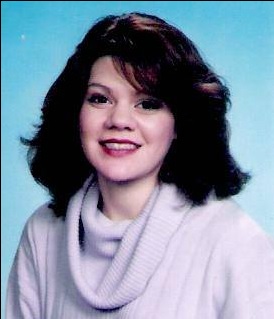 Born in Brooklyn, New York and raised in eastern Long Island, I always enjoyed writing and made several contributions to my high school literary magazine, The Lion’s Pen. Influenced by writers of epic novels including Colleen McCullough and James Clavell, I gravitated to creative writing. After graduating from New York University with a BA in Liberal Arts, I tried my hand at conventional jobs but always returned to creative writing. Since 1998, I have been a freelance writer and have over three thousand articles to various e-zines including: Jazz Times, Blogcritics, Yahoo Voices, Goodreads.com, Authors and Books (books.wiseto.com), TheReadingRoom.com, Amazon.com, Epinions.com, Fictiondb.com, LibraryThing.com, BTS emag, BarnesandNoble.com, RomanticHistoricalReviews.com, AReCafe.com, Hybrid Magazine, and BookDepository.com. In 2013 and 2014, I was a judge in the Orange Rose Writing Competition sponsored by the Orange County chapter of the Romance Writers of America located in Brea, California.
Born in Brooklyn, New York and raised in eastern Long Island, I always enjoyed writing and made several contributions to my high school literary magazine, The Lion’s Pen. Influenced by writers of epic novels including Colleen McCullough and James Clavell, I gravitated to creative writing. After graduating from New York University with a BA in Liberal Arts, I tried my hand at conventional jobs but always returned to creative writing. Since 1998, I have been a freelance writer and have over three thousand articles to various e-zines including: Jazz Times, Blogcritics, Yahoo Voices, Goodreads.com, Authors and Books (books.wiseto.com), TheReadingRoom.com, Amazon.com, Epinions.com, Fictiondb.com, LibraryThing.com, BTS emag, BarnesandNoble.com, RomanticHistoricalReviews.com, AReCafe.com, Hybrid Magazine, and BookDepository.com. In 2013 and 2014, I was a judge in the Orange Rose Writing Competition sponsored by the Orange County chapter of the Romance Writers of America located in Brea, California.




No Comments